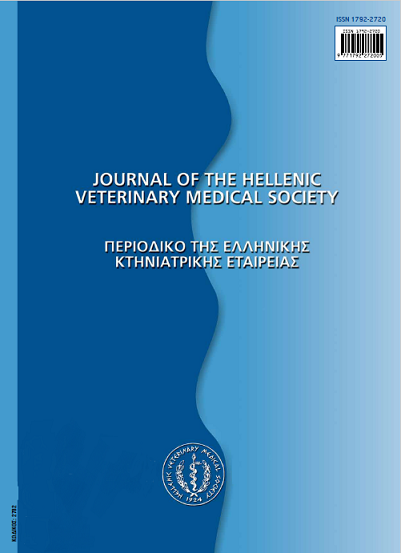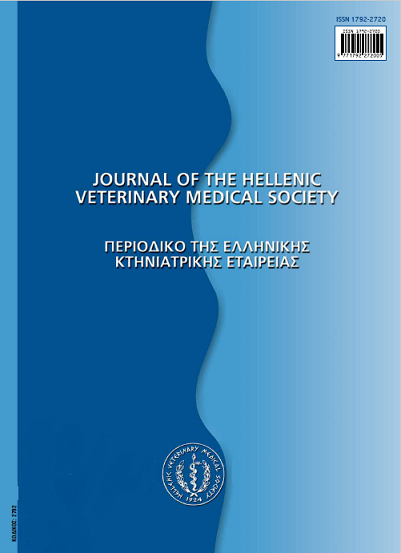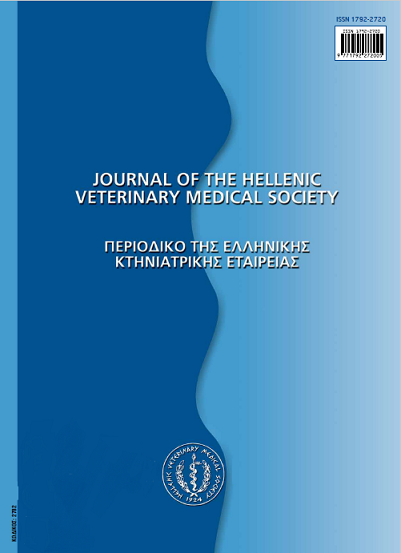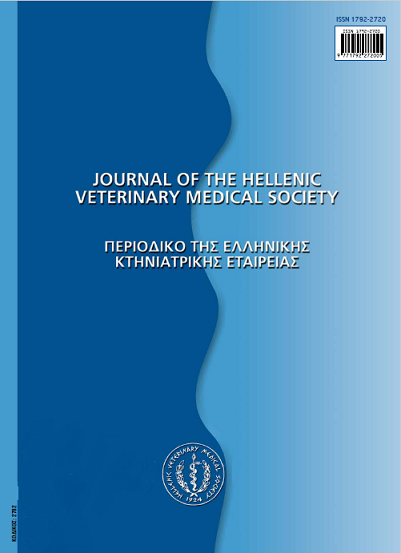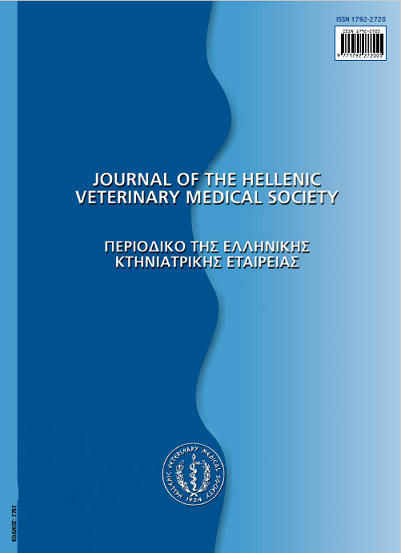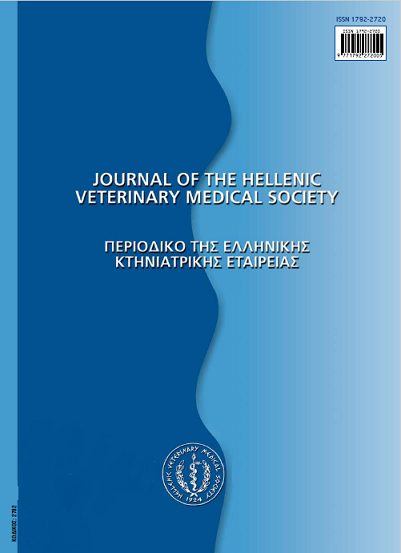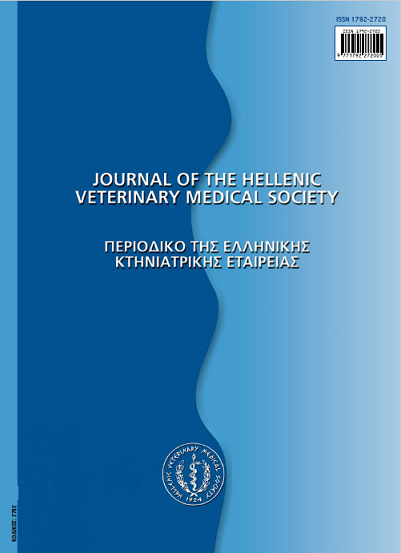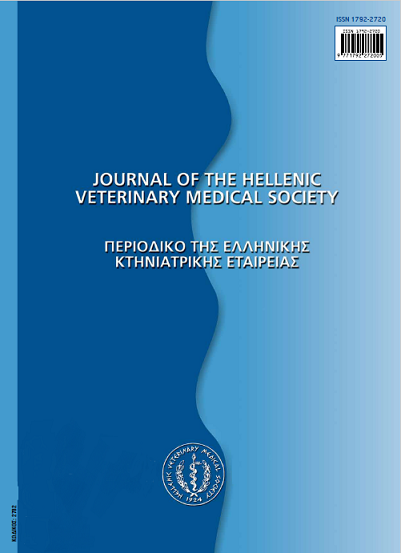Vibrio parahaemolyticus in seafood - associated outbreaks
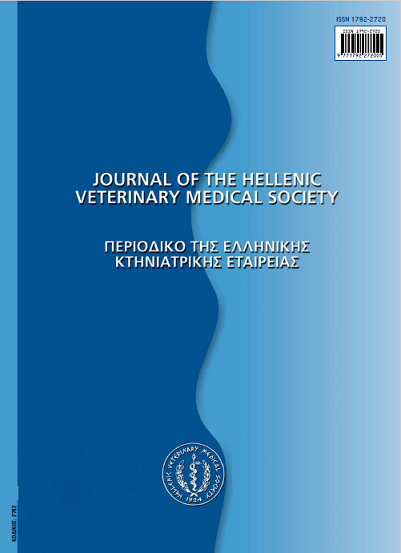
Abstract
Among the 30 species of the genus Vibrio, only 13 of them are pathogenic to humans. All pathogenic vibrios have been reported to cause foodborne diseases, although Κ parahaemolyticus is considered the most important pathogenic Vibrio. V parahaemolyticus is a halophilic bacterium that occurs naturally in aquatic environments worldwide. The pathogen caused sporadic diarrhoea mainly associated with the consumption of raw or undercooked seafood up to recent years. Since 1996, the incidence of V. parahaemolyticus infections has increased dramatically. V. parahaemolyticus is the leading cause of seafood associated bacterial gastroenteritis in the United States and of the half foodborne outbreaks in some Asian countries. This increase in incidence has been related to the emergence of the 03:K6 serovar. The pathogenic V. parahaemolyticus strains can produce a thermostable direct hemolysin or a thermostable direct hemolysin-related hemolysin, which arc encoded by the tdh and trh genes, respectively. Vibrio parahaemolyticus has not been included in the microbiological criteria of E.U. Food legislation, probably because the risk by this pathogen was considered rather low in liurope. However, climate changes favour the growth of the pathogen in seawater. Recent studies in Spain and France have shown that V. parahaemolyticus infections from seafood consumption have been increased. The emergence of the pathogen in liurope is of public health concern and emphasizes the importance of microbiological surveillance and control programs for V, parahaemolyticus.
Article Details
- How to Cite
-
SOLOMAKOS (Ν. ΣΟΛΩΜΑΚΟΣ) N., PEXARA (Α. ΠΕΞΑΡΑ) A., & GOVARIS (Α. ΓΚΟΒΑΡΗΣ) A. (2017). Vibrio parahaemolyticus in seafood - associated outbreaks. Journal of the Hellenic Veterinary Medical Society, 63(1), 54–62. https://doi.org/10.12681/jhvms.15398
- Issue
- Vol. 63 No. 1 (2012)
- Section
- Review Articles
Authors who publish with this journal agree to the following terms:
· Authors retain copyright and grant the journal right of first publication with the work simultaneously licensed under a Creative Commons Attribution Non-Commercial License that allows others to share the work with an acknowledgement of the work's authorship and initial publication in this journal.
· Authors are able to enter into separate, additional contractual arrangements for the non-exclusive distribution of the journal's published version of the work (e.g. post it to an institutional repository or publish it in a book), with an acknowledgement of its initial publication in this journal.
· Authors are permitted and encouraged to post their work online (preferably in institutional repositories or on their website) prior to and during the submission process, as it can lead to productive exchanges, as well as earlier and greater citation of published work.



